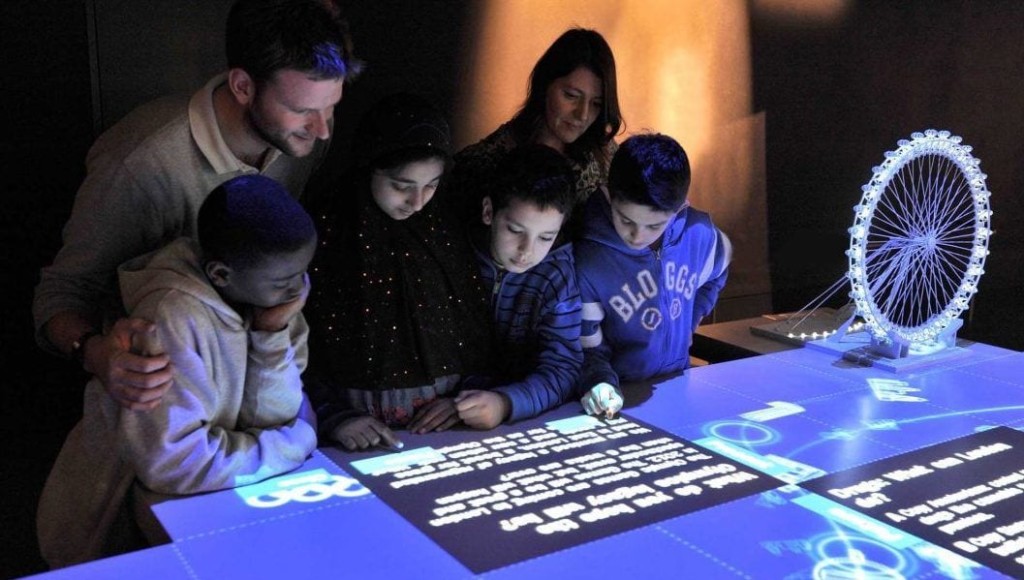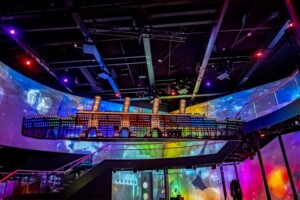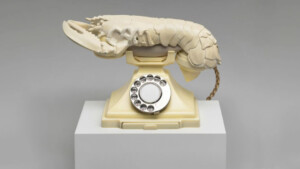On the 3rd of July the museum announced a planned relocation to a new site at Smithfield, and a partnership with Goldsmiths.
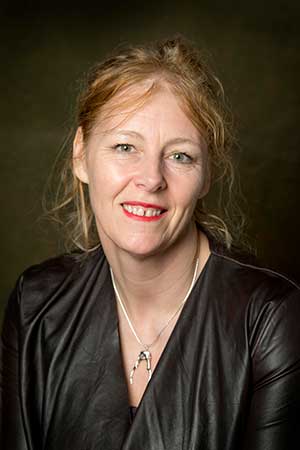 Museum director, Sharon Ament, spoke with Blooloop about the museum and these upcoming developments.
Museum director, Sharon Ament, spoke with Blooloop about the museum and these upcoming developments.
Ament studied Art History at Leeds University. Her career began in charitable organisations, notably as National Marketing Manager at the Wildfowl and Wetlands Trust (WWT), initially at Martin Mere, then moving on to Slimbridge where she took on a national role.
Ament says, “What I found was that I’m really good at turning people onto important social causes. And that is what drives me.”
She adds,“For a large part of my career, it was about creating a better world for humans, animals and nature.”
As the WWT expanded and evolved to incorporate a destination element, Ament related to the concept of enabling people to engage physically with a topic .
“In that case it was wildlife wetlands conservation, immersing people in the natural environment was really powerful.”
London Zoo, understanding conservation
Her next role was as Head of Marketing & PR at London Zoo, where she was part of the turnaround team that lead the Zoo into a profitable environment following near closure.
 Ament oversaw the company’s growth in reputation as a conservation organisation. She also managed big regional networks and initiatives across the zoo community, grew membership and animal adoptions, and founded 21st Century Tiger – a unique initiative that raises funds for wild tiger conservation projects.
Ament oversaw the company’s growth in reputation as a conservation organisation. She also managed big regional networks and initiatives across the zoo community, grew membership and animal adoptions, and founded 21st Century Tiger – a unique initiative that raises funds for wild tiger conservation projects.
She says, “We were repositioning the zoo under the strapline ‘Conservation in Action’. This helps people to understand the conservation role that zoos have, and attracting people to visit and support the Zoological Society of London, strengthening that relationship between visiting somewhere and supporting the cause.”
Natural History Museum, promoting engagement
In January 2000 she took those skills to the Natural History Museum, where she remained for twelve years. During that time she led a 350 strong team who developed and operated the public facing elements of the Museum; including communications, digital, development, gallery design, commerce, learning, visitor services, overseas consultancy and fundraising for the Darwin Centre.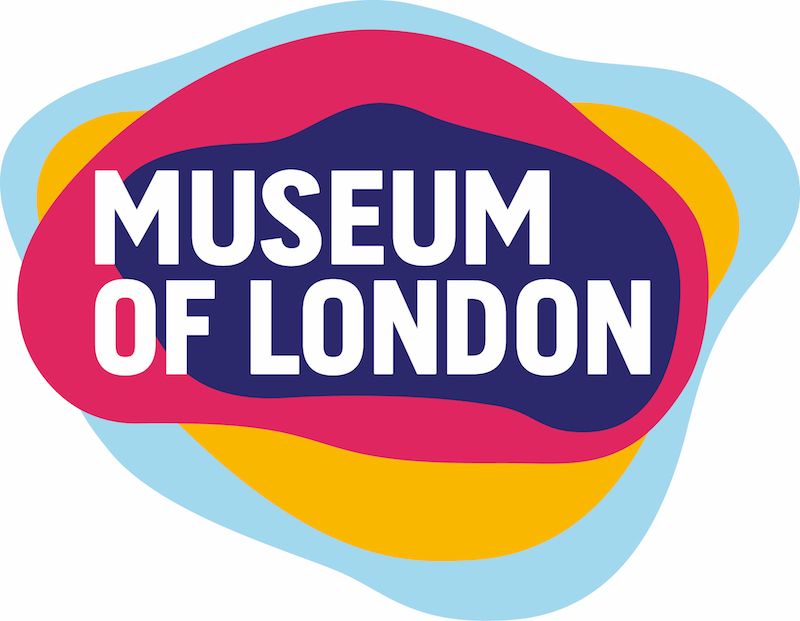
“I gave myself the title of Director of Public Engagement. It’s a title that is now used more widely, but then it came from the principal of the experience being about much more than people having a good time. It’s that, of course, plus engagement, understanding, participation, and ultimately career paths to science.”
In 2012 she came to the Museum of London, where her background meant she was uniquely fitted to interpret the collection.
Ament says, “As a greater percentage of the world become more urban, I feel the urban experience, which is in reality, common to more people than the natural world experience, is the burning issue for me at the moment. I want people to feel connected to where they live; the city around them is something they can shape. Places like London are places of great opportunity, and of great missed opportunity. I want to knock down that world of missed opportunity. The Museum of London is ideal for that.”
Introducing “strategic direction”
Ament began the process of shaping the Museum’s direction in early 2013.
“We needed a strategic direction, which was around the tenets of engaging more people, becoming better known, standing on our own feet financially, engaging every London schoolchild, and stretching the thinking about London.“
Now in the final year of the implementation of that strategy, annual visitor numbers have been doubled. Attendance is now 1.2 million.
Ament says, “I’m very pleased with that. We’re on a mission to engage every schoolchild, and are doing very well.”
In 2015 the opportunity to relocate arose.
Livestock, people and passers-by
“Our analysis showed that our current site, where we’re not in a visitor destination and have no street access, was an impediment to visiting. Therefore, the opportunity to move to an open site, with lots of passers-by could not be more wonderful. So we’re in that process.”
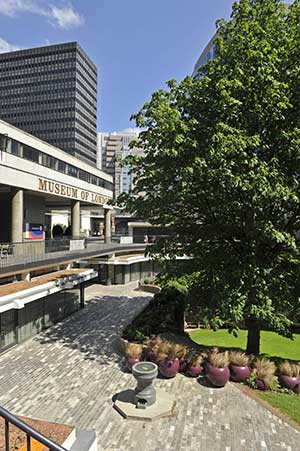 She says, “the real work only began at the beginning of this year. Last year we chose our architects and the team, now we’re analysing the buildings [of Smithfield Market] in their dilapidated state, and we’re also working hard to think about how a new museum can be located in these spaces.”
She says, “the real work only began at the beginning of this year. Last year we chose our architects and the team, now we’re analysing the buildings [of Smithfield Market] in their dilapidated state, and we’re also working hard to think about how a new museum can be located in these spaces.”
The Museum will be moving just half a mile to its new, more accessible location, which includes the Smithfield General Market (next to the Poultry and famous Meat Market) and also a suite of buildings known as The Annexe, which includes the Fish Market, Red House and Engine House.
The site is, appropriately, historic. A horse market was recorded at Smithfield in the 12th Century. In medieval times, this grew into an open-air livestock market. In 1381 the slaughter of animals was prohibited within the City. As a result, the market moved to Smithfield, just outside the City walls.
The livestock drew more people, selling goods and making use of the byproducts – such as bones – of the meat market. At this point, the growing market moved under covers, which became permanent buildings in the 19th century.
Now, with the most recent help of Goldsmiths’ pledge of £10 million, those buildings will house the 21st century iteration of the Museum of London.
The key functions of a museum
Describing the key functions of a museum – specifically the Museum of London – in the 21st century, Ament identifies three.
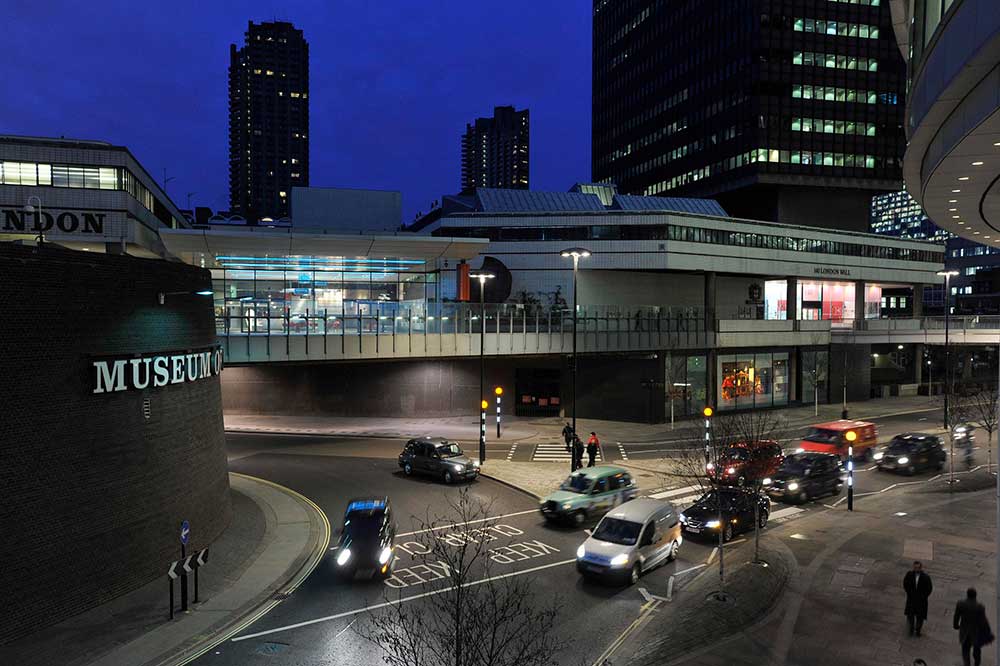 “The legal function is to record and hold the memory of London. Holding the memory, the collective history, the record of people, places and events, the past, is really important.”
“The legal function is to record and hold the memory of London. Holding the memory, the collective history, the record of people, places and events, the past, is really important.”
“The next 21st century characteristic of a museum is centred around that engagement and participation.”
“London is a city of people; since its first manifestation, Londinium, it has always been a city of people. And I know we’ll be a better museum if the relationship between our museum and the people visiting is about participation.
The lived experience
“There are many more stories and aspects of London than all the curators in the world can hold. The lived experience is as valuable as all the years I spent getting a degree in medieval history. With that engagement, the museum becomes a place of participation that we all share and own, not just the elite.”
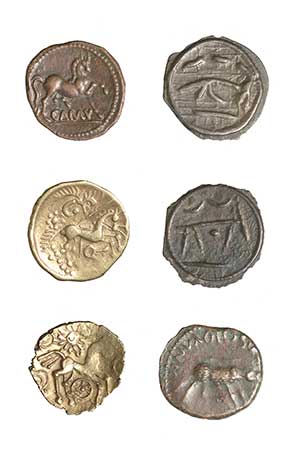 “Thirdly, the final element is about museums stretching thinking. With all these experts, exhibitions, outlets, we’re really about delving into London, past and future, and really stretching our ideas of London through new insights, research or experience. There are so many misconceptions about what London is, and it’s important for us to be evidence based. We hope to help people think differently about the place they live. People love finding out new things. It’s about building enquiring minds, and opening curiosity.”
“Thirdly, the final element is about museums stretching thinking. With all these experts, exhibitions, outlets, we’re really about delving into London, past and future, and really stretching our ideas of London through new insights, research or experience. There are so many misconceptions about what London is, and it’s important for us to be evidence based. We hope to help people think differently about the place they live. People love finding out new things. It’s about building enquiring minds, and opening curiosity.”
On the 3rd of July, the Museum of London announced that Goldsmiths (one of the major City Livery Companies) would become a new Founding Partner of the new Museum, which is due to open in West Smithfield in 2022.
Goldsmiths and the Cheapside Hoard
The Goldsmiths company and affiliated charity have pledged £10 million towards furthering the Museum’s plans to create a new venue for the history of the city and its people.
A gallery bearing the Goldsmiths’ name will be at the heart of the new Museum, showcasing the Cheapside Hoard together with highlights from the Company’s globally renowned collection of historic and contemporary silver.
It is an appropriate partnership, as both institutions have deep roots and a contemporary presence in the city. Historically, London was the hub of the worldwide goldsmithing trade. It is to London that the world still looks as a capital of design and creativity in silver and jewellery.
Supporting the important work of the new Museum is part of the Goldsmiths’ Company’s programme of philanthropic activity in the decade running up to its 700th anniversary celebrations.
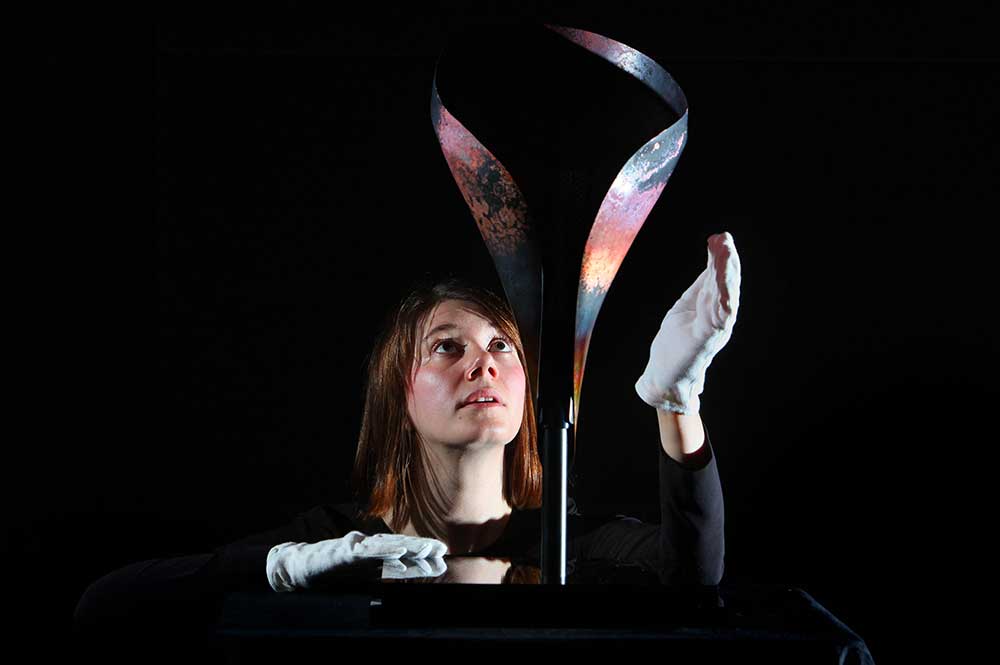 The Museum of London, absolutely contemporary
The Museum of London, absolutely contemporary
The Museum of London is jointly controlled and funded by the City of London Corporation and the Greater London Authority. It documents the social history of London and its inhabitants from prehistoric to modern times. It’s currently located on London Wall, part of the Barbican complex created in the 1960s and 1970s.
The largest urban history collection in the world it has over six million objects and artefacts. The museum attracts more than 1.5 million visitors a year.
Ament says, “Both Goldsmiths’ and the Museum of London go deeply back into history, but are also absolutely contemporary. Goldsmiths’ will be celebrating its 700th anniversary soon, yet their training and support for new jewellery design is exemplary. The Museum of London’s collections go back 2000 years, and more.
“Both institutions, like London itself, are continuously changing and evolving and adapting. Goldsmiths’ is also a really good example of how an institution in London can survive and thrive if it constantly reinvents itself.”
All images © Museum of London
